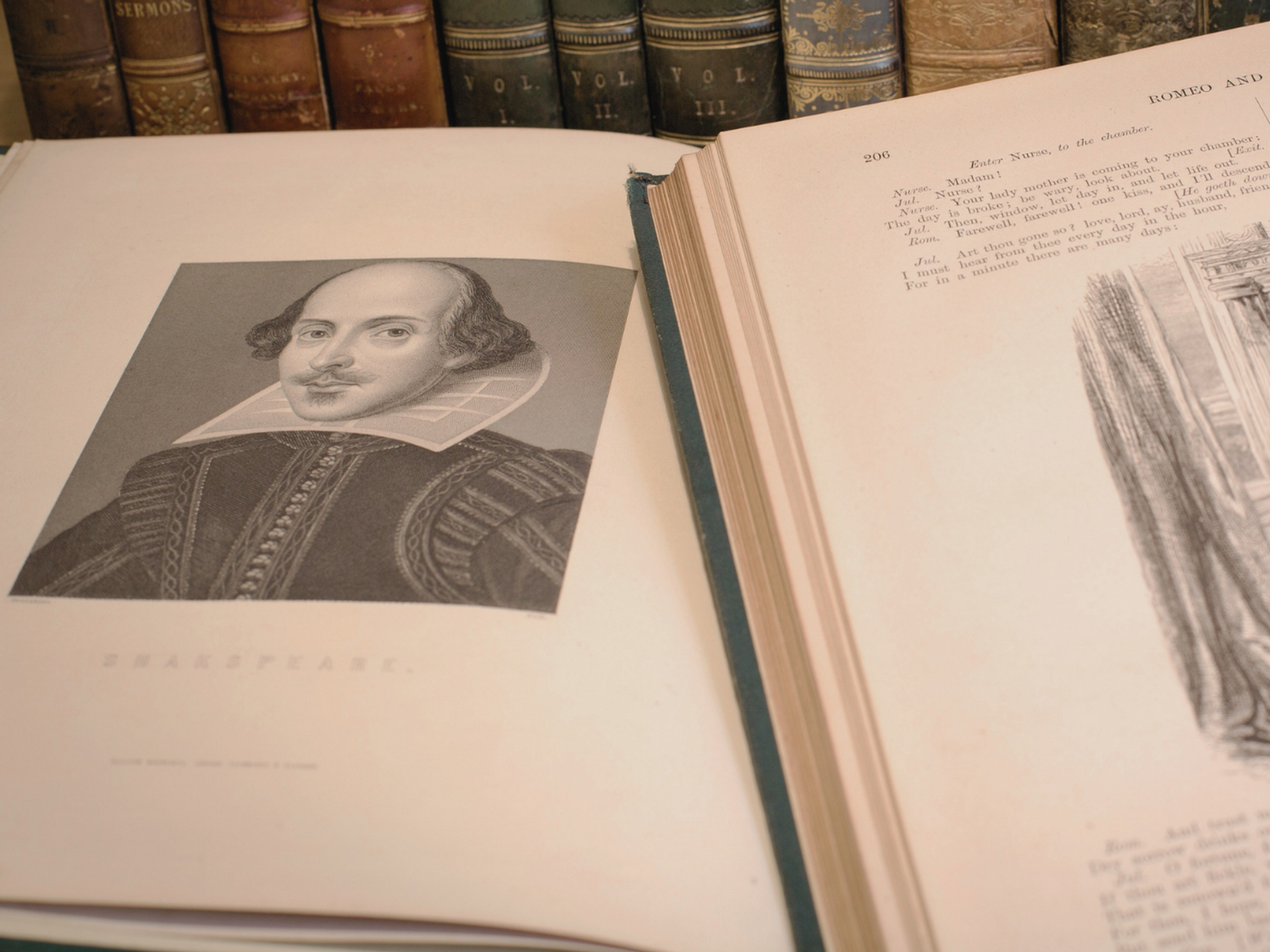Why teach vocabulary?
I teach English in a secondary school with a very mixed intake. A large proportion of our students are word poor for various reasons. For many of them, English is not their first language, nor is it the language spoken in the family home. To add to this, it is rare for our students to come from households where reading is encouraged and valued. Naturally, this lack of exposure to vocabulary becomes a major barrier to their ability to comprehend information, to express themselves effectively, and to produce extended pieces of formal writing.
Nevertheless, I was shocked to discover just how word poor my low set year 9 class were – especially when they asked me what the word ‘trust’ meant! The shock was then followed by panic, as I wondered how on earth they would write an essay on Macbeth in a couple of months’ time!
I decided I needed to implement a vocabulary curriculum as part of my scheme of work. After reading Doug Lemov’s Reading Reconsidered, I began using the following literacy improvement strategies to see how it would improve their understanding.
Key terminology
For my first task, I gave myself the challenge of drawing up a few key words that students would need to learn in order to write about the characters, themes and events. Many of these words were very tricky terms, which I knew would be invaluable to their essays, and would be certain to bolster their understanding of the text.

Usurp: to take a position of power using force
For instance, I created displays for words like ‘equivocation’, ‘courage’ and ‘regicide’, along with their definitions, and then hung them up around the classroom for easy reference. Next, I would have to make sure these words were understood and retained.
Word processing activities
Every lesson, I would feature one of these key words in class, linking it to the relevant scene we were studying. We would practise answering questions using this word, as well as noting down its different forms (noun, verb, etc.) and using definition and spelling strategies.
An example of one of these questions would be: how is Lady Macbeth’s somnambulism a symbol of her guilt? Often, I would include an image which demonstrated the word, allowing them to form links between the word and what the image was depicting. For example, Macbeth clutching at the air would help them to understand the relationship between the word ‘hallucination’, and seeing visions that weren’t really there.
To help ensure the words were being memorised, we would also regularly revise words that were used in previous lessons.
Integrating non-fiction texts
The next step in my vocabulary curriculum was to integrate relevant newspaper articles and web pages into lessons. These non-fiction texts show the key vocabulary being discussed in different contexts, helping the students to build their comprehension of some of the play’s main themes. For instance, by providing my class with texts relating to the gunpowder plot, I could then ask questions that related these articles to themes of regicide and equivocation in the play.
Teaching academic verbs
When it came to writing formal essays, I knew that academic verbs had to form a key focal point of my vocabulary curriculum. I therefore created a display of academic verbs and synonyms which students were encouraged to use at all times. I particularly wanted my students to begin using verbs like ‘describe’, ‘depict’, ‘illustrate’ and ‘portray’ in their oral responses, so that these words would come naturally when it came to composing written essays.
Vocabulary homework
Finally, I would make sure my class were regularly revising their new vocabulary at home. Each student was given a knowledge organiser with all the key vocabulary inside, which they would use to quiz themselves as part of their homework. Then, to consolidate this knowledge, they would also be tested at the beginning of each lesson.
Combining all of the above enabled students who are considered low ability to speak and write eloquently about a very challenging text! Their Macbeth assessments were far from perfect, but the emphasis on vocabulary empowered them to write confidently in an academic register – which is certainly a starting point! Next step: deep analysis of writer’s craft!
With the new and updated Bedrock Mapper platform, you and your learners can tap into the key terminology of Macbeth at the press of a button, all thanks to Bedrock's verified content. Find over 6,000 fully mapped keywords and growing.

